Building of the Day: 5205 Fourth Avenue
Brooklyn, one building at a time. Name: Originally the Coliseum Theater, now Templo De La Alabanza Address: 5205 Fourth Avenue Cross Streets: 52nd and 53rd Streets Neighborhood: Sunset Park Year Built: 1920 Architectural Style: 20th century movie house, with vaguely Moorish detail Architect: Matthew W. Del Gaudio Other Work by Architect: Four other theaters in…
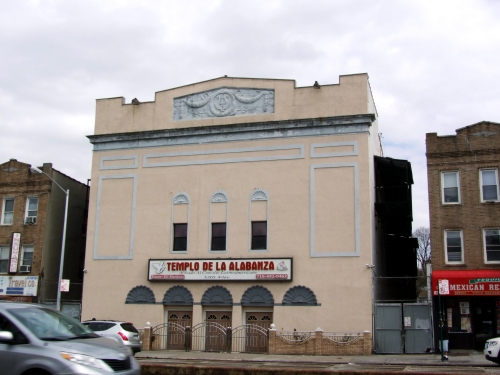
Brooklyn, one building at a time.
Name: Originally the Coliseum Theater, now Templo De La Alabanza
Address: 5205 Fourth Avenue
Cross Streets: 52nd and 53rd Streets
Neighborhood: Sunset Park
Year Built: 1920
Architectural Style: 20th century movie house, with vaguely Moorish detail
Architect: Matthew W. Del Gaudio
Other Work by Architect: Four other theaters in Brooklyn – two in Dyker Heights, two in Bay Ridge. Also on the architectural advisory board of the Williamsburg Houses; houses in Van Cortlandt Village, Bronx, among others.
Landmarked: No
The story: When the movies were king, Brooklyn had some spectacular movie houses. Most of them are now gone or are only shades of their former selves, having been converted into churches, supermarkets, or retail stores. The borough also had some lesser movie houses; neighborhood spots that perhaps were not huge fantasy palaces run by the major studios, but instead were both large and small, perfectly great neighborhood venues to run movies, a place where a family could walk, and escape into Hollywood’s worlds of fantasy and drama.
Movie theater aficionados had developed websites devoted to their favorite topic, and there are lots of people of a certain age who remember their first time in a theater, or certain movies or personal appearances by stars and entertainers who dropped in to promote their newest film or project. Sometimes these people were neighborhood celebrities themselves, men and woman from the old neighborhood who made it big, but came back to remember where they came from. This building was that kind of place.
It was built as the Coliseum Theater for impresario Henry C. Pulch, and was designed by New York architect Matthew W. Del Gaudio. The two men built three theaters in Brooklyn, the other two being the Dyker Theater in Dyker Heights and the Shore Theater in Bay Ridge. Del Guadio also designed two other theaters in Brooklyn for another producer. Today, the Dyker is a Modell’s and Radio Shack and the Shore is a mini-mall with a Zales, Foot Locker and PayLess spanning the old theater building.
The architect, Matthew W. Del Gaudio, was a New York City man, born in 1889. He got his architectural training at Cooper Union, and lived in the Bronx, where some of his earliest houses were designed; his 1915-1916 attached cottage houses in the Van Cortland Village area, now looking for landmark status. He was one of the architects appointed to the commission to oversee the WPA funded Williamsburg Houses, in the late 1930s, and spent much of his career as the president of the AIA New York Chapter, as well as other architectural institutions.
He was one of the founders of the New York State Association of Architects, and its third president from 1944-1947. His name is still remembered because of the Matthew W. Del Gaudio Service Award, given by the AIANYS for outstanding and significant service by an AIANYS member who has advanced the architectural profession through their talent and professionalism.
The Coliseum Theater was the smallest of the Pulch/Del Gaudio theaters, with seating for 1105 people when built. By 1928, Pulch had leased it to RKO, and the theater showed their films exclusively for many years. Readers of the Cinema Treasures website remember Jerry Lewis coming to the theater in 1961 to promote his movie “the Ladies Man,” and in 1962, the Three Stooges appeared on the stage to promote their new film, “The Three Stooges Meet Hercules.”
Throughout the late 60s, through the mid-1980s, the Coliseum showed Latin films one week, and a combination of Kung Fu, Blaxploitation, Sci-Fi and horror films the next. In 1986, the theater was “quaded”, divided into four movie theaters showing first run movies, but even though it was the only theater around, it did not make enough money, and closed in 1992. It was sold to Templo De La Alabanza (House of Praise), a Pentecostal church, that year, and they’ve had it ever since. GMAP


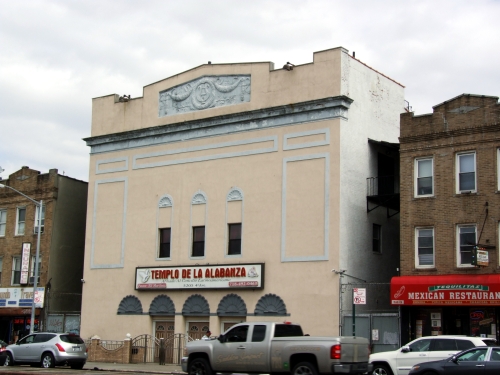
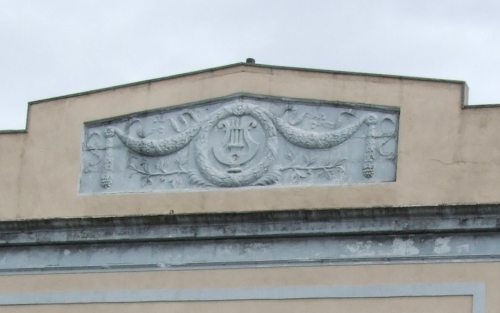

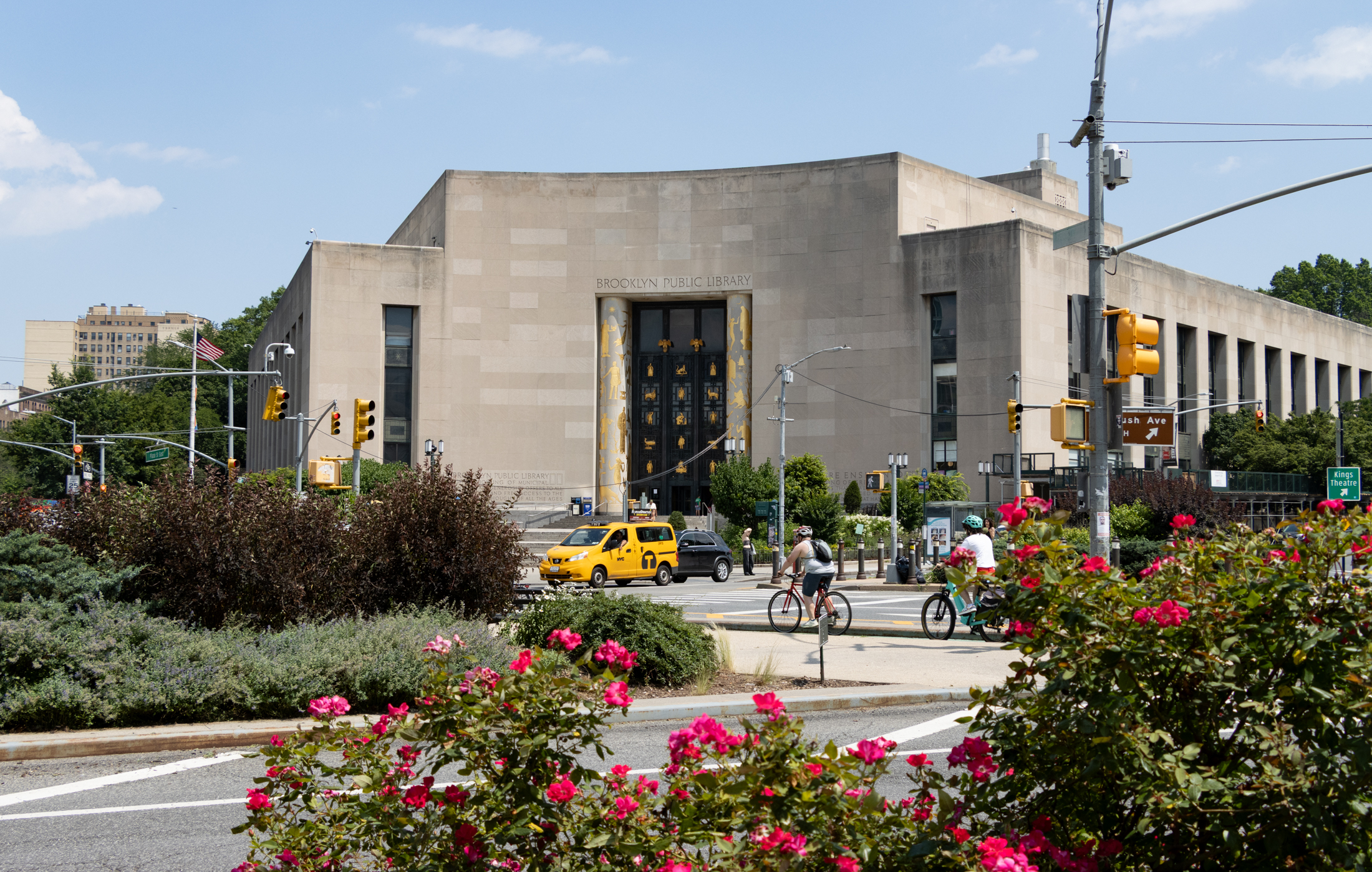

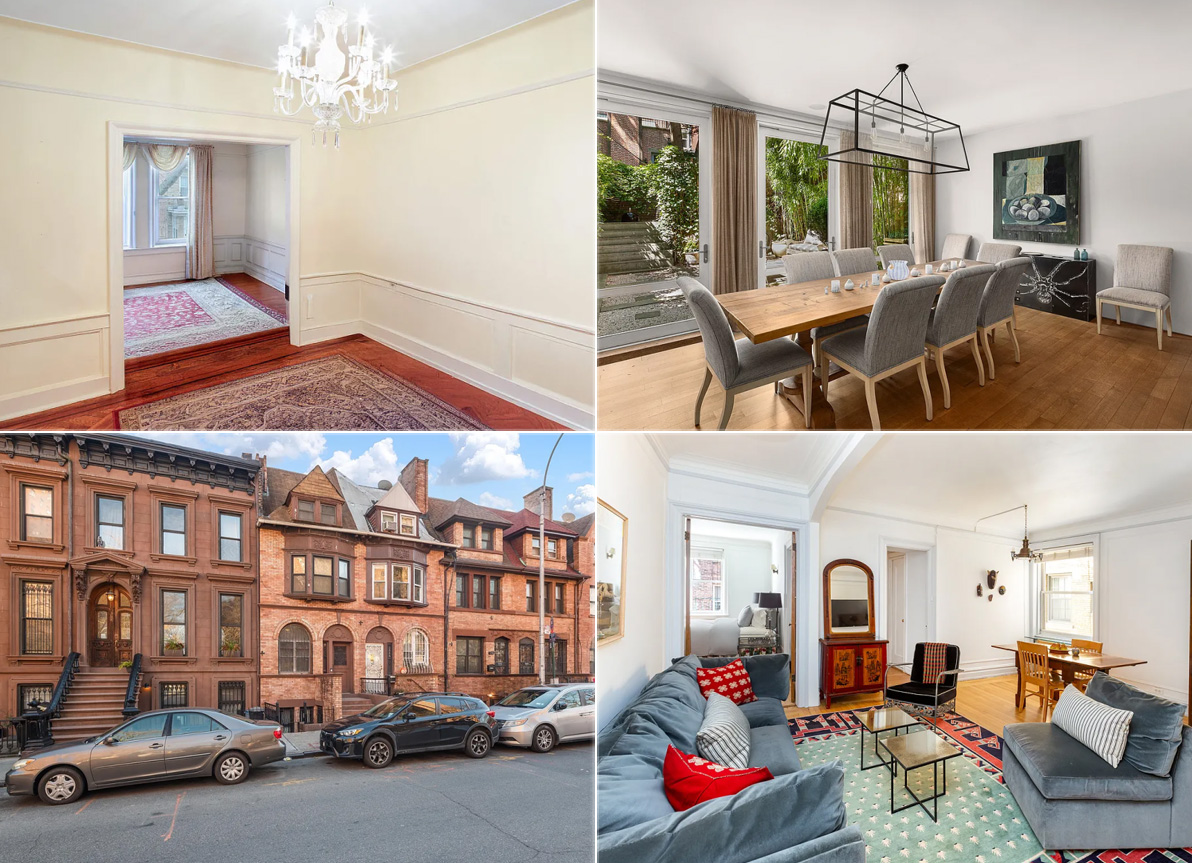
What's Your Take? Leave a Comment